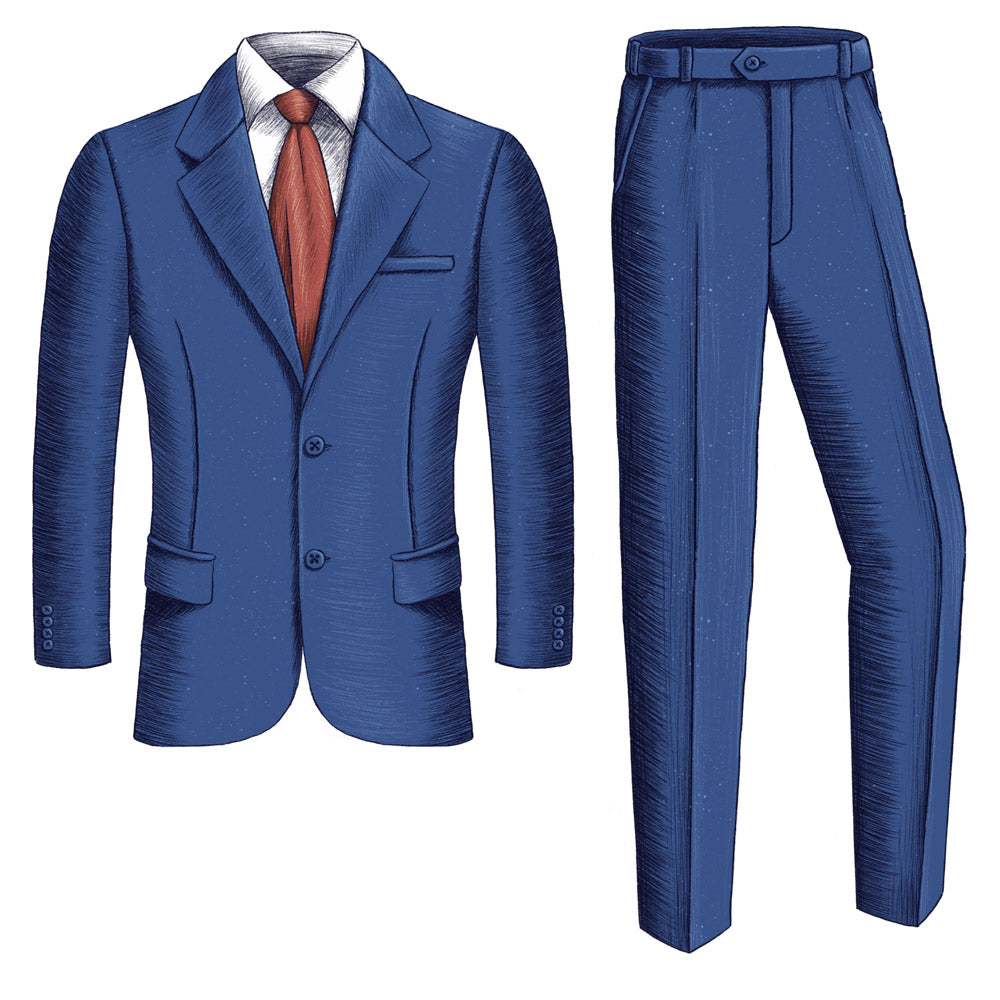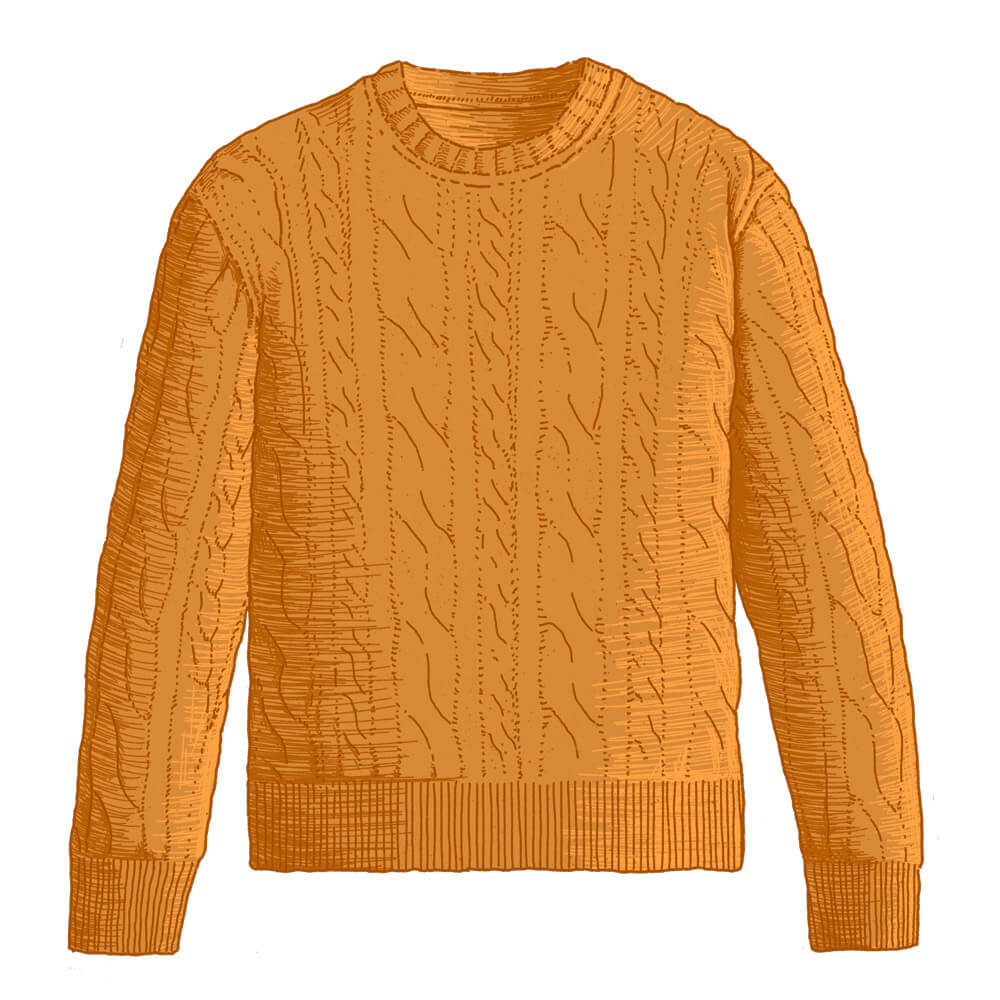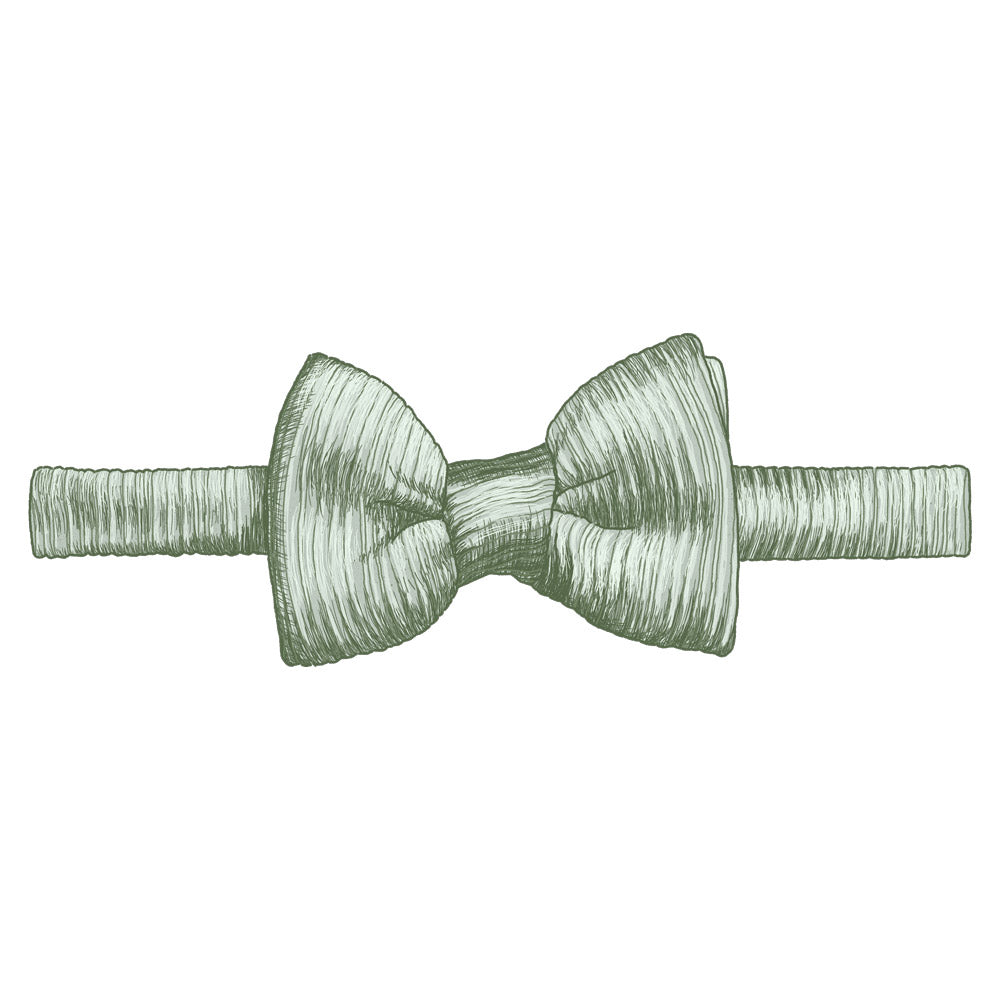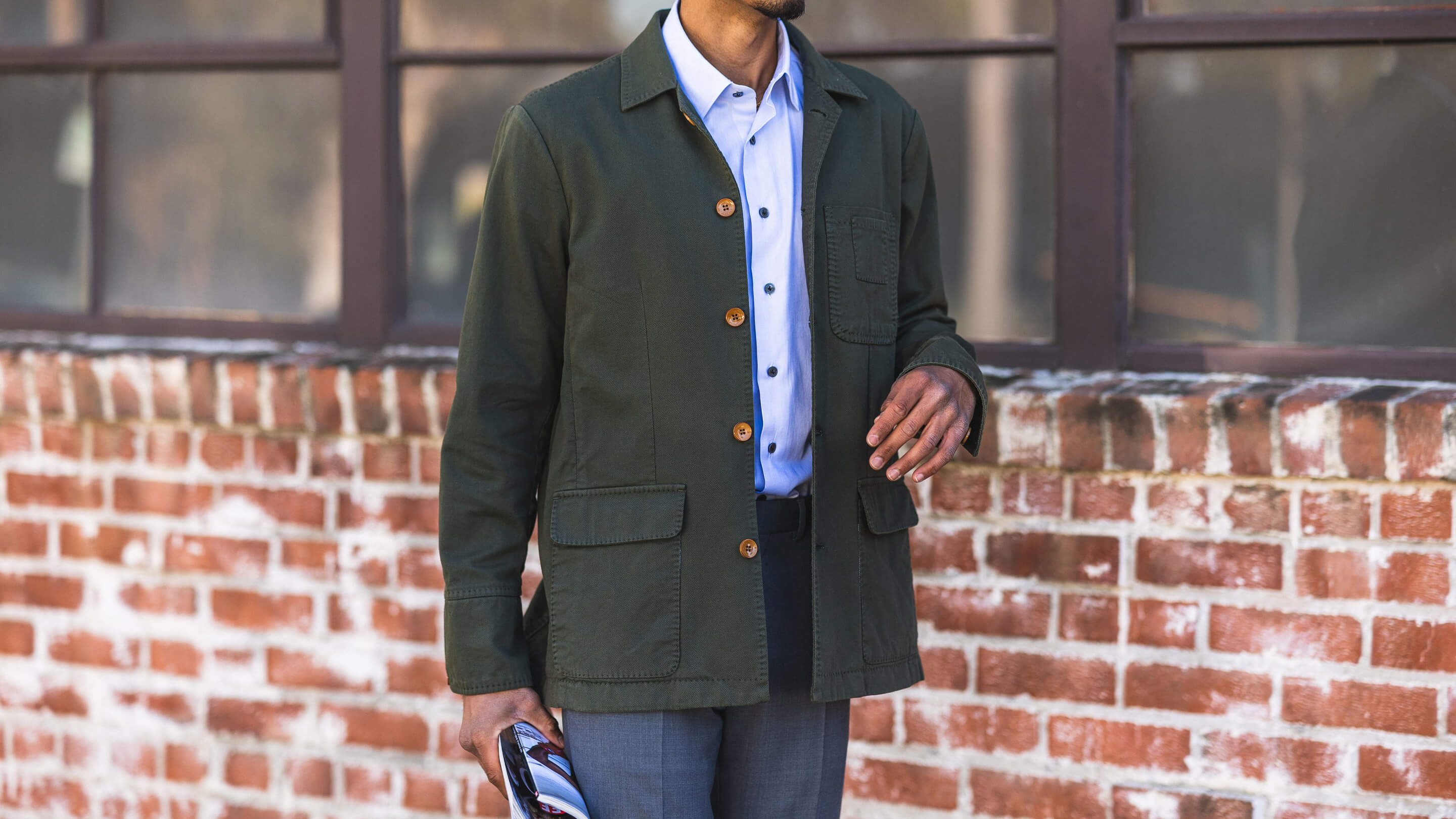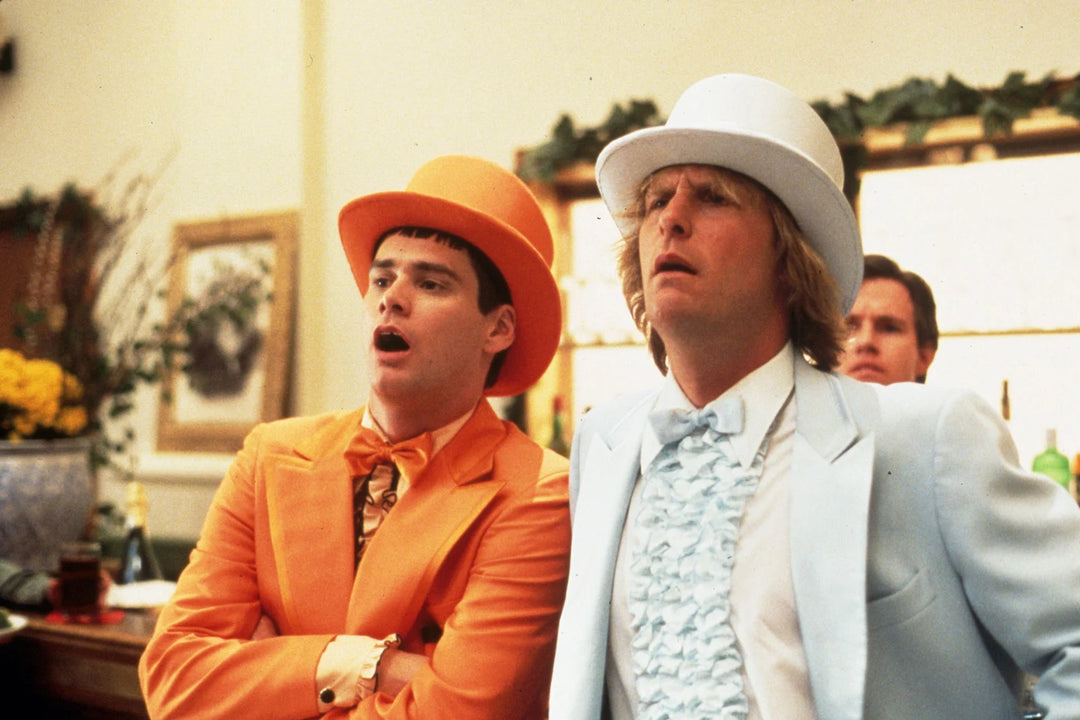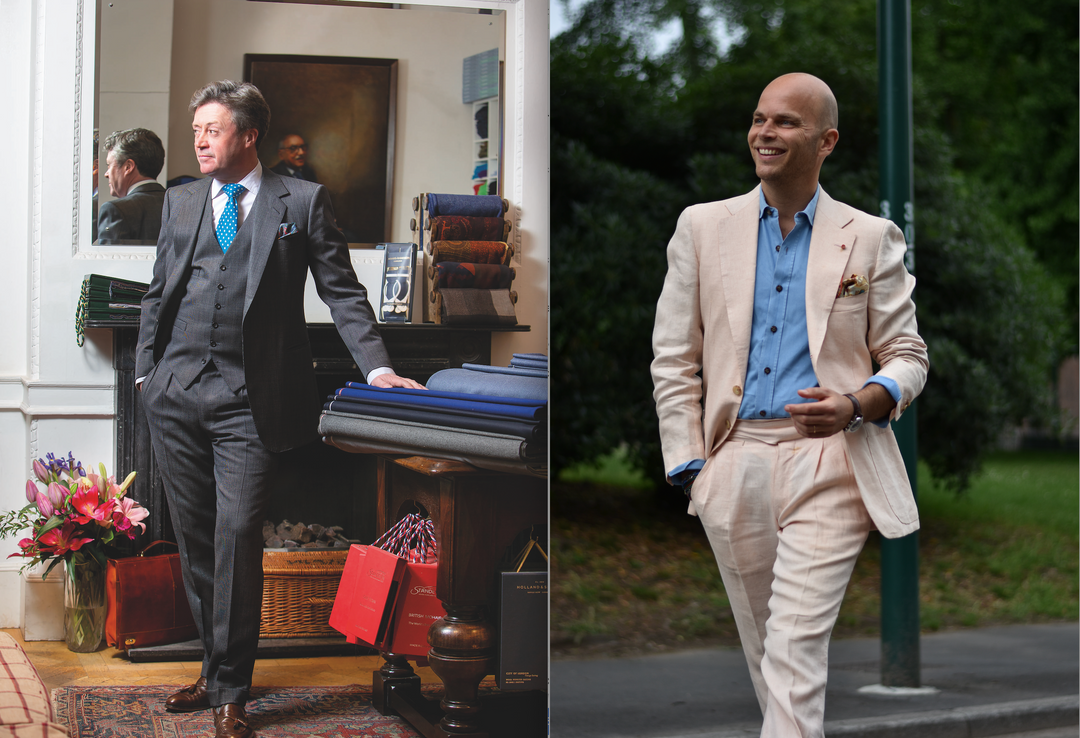Getting dressed every day in impeccable, appropriate style is sometimes like solving a puzzle – or very often like solving a puzzle. What shirt and jacket pair well with what pants, and what dress boots, loafers or chukka boots finish off the look?
Wash, rinse, repeat. And sometimes, the missing puzzle piece is a multi-tool of sorts, a jacket that can blur the lines between rugged and formal, between refined and laidback – not quite a blazer, not quite an all-out work jacket.
We’re talking, of course, about the time-honored chore coat. It could be the missing link your next ensemble needs. Let’s take a closer look at a style that’s practically indispensable in the modern man’s wardrobe.
Shop our selection of Coats & Jackets
A Brief History of the Chore Coat
Like most great menswear essentials with a story unto themselves – like the field jacket, the denim blue jean or the trench boot, to name but a few – the best chore coats began with humble, sturdy beginnings. Humans have likely been wearing some form of work jacket for centuries, but we won’t travel back that far in time.
It’s a widely held belief that chore coats first began to blossom as we know them in 1800s France, as tradesmen, carpenters and others looked for a durable jacket with plenty of pockets to suit a variety of needs.
What Makes a Chore Coat… A Chore Coat?
The good news is, the best chore coats are truly that line-straddling option in your wardrobe. Not every chore coat is going to look rugged; luxury designers make dressy chore coat silhouettes too. And yet, the chore coat can still be used in much the same way now as in days gone by, depending on the fabric and jacket style you select.
There are options made using traditional denim, or else hard-wearing canvas. There are even lightweight chore coat options that rely on fabric blends like nylon and spandex. At Anatoly & Sons, we opt for lightweight natural materials in our chore coats like cotton, linen, and wool – more on that in a second.
What holds true then as now is the utility – chore coats typically feature a foldover collar that can be flipped up to provide protection from sun, wind and debris. The chore coat will also feature a cut that hits below the belt, but not quite covers the rear (unlike a more formal blazer).
And crucially, chore coats often feature either patch or flap patch pockets – flap patch pockets include a foldover button closure, while some patch pockets feature a top entry and are held in place by rivets. Chore coats intended for heavy-duty use will blend both a cotton canvas fabric and riveted patch pockets, in some instances.
Chore coats are also most typically made with button-front construction down the placket. Sometimes, these buttons are made from metal like antique brass (this is more common on chore coats that are intended for long days on a job site or out in the field). Other chore coats feature buttons with a more refined look, made out of material like horn.
Is a Chore Coat an Overshirt or Blazer?
Chore coats are neither blazers nor overshirts. Chore coats boast jacket construction, with heartier fabric, larger buttons, a wider placket and a foldover jacket collar, and they’re also constructed with a straight hem. Overshirts, meanwhile, mimic your favorite shirt in a thicker, heartier fabric that’s typically ready for layering. They usually don’t have as many pockets either—a chore coat is much more functional. It can be hard to spot that difference from time to time, but when in doubt, note that the construction is different.
And blazers, of course, most commonly feature a two-button front, curved opening, and distinct lapels that are hard to miss. Chore coats, on the other hand, button to the top, just like a shirt. And although chore coats and blazers might share some commonality in terms of fabrics – for instance, both can be made with a fabric like tropical wool (our Trailblazer Traveler Jacket comes to mind) – they are not the same functionally or aesthetically.
How Can I Make the Chore Coat Work For Me?
It’s all about versatility when wearing a chore coat. First and foremost, some especially rugged chore coats can be worn out into the field, into your garage or out to job sites and camping trips and hunting excursions – materials like cotton canvas are your best friend in case.
But the chore coat is perhaps best worn these days in a hybrid fashion. For instance: Consider the classic cotton chino – a business casual staple, right? Instead of adding an Oxford shirt, consider adding something a touch more casual – a lightweight knit sweater or a cotton polo shirt. And finally, as opposed to finishing off a business casual look with a soft-shouldered navy blazer, opt instead for a chore coat in a breathable fabric.
Our advice: Swap in the chore coat for situations that call for casual elegance, or laidback refinement, if you will: A visit to a hidden speakeasy, an evening near the water enjoying cocktails, or a city stroll to your favorite coffee shop.
Some Of Our Favorite Chore Coats At Anatoly & Sons
If all of this chore coat discourse has your wheels turning as to an option to add to your wardrobe ASAP, consider these options – they’re ready and waiting.
Trailblazer Traveler Jacket
Between the button-front jacket construction and the four flap-patch pockets, this is as fine an example of a luxe yet classically inspired chore coat as you’re apt to find. We appreciate the wrinkle-resistant, durable high-twist tropical wool fabric, a cloth that’s ideal for summer. This coat should pair wonderfully with olive chinos, cream linen trousers or even blue denim jeans.
Denim Traveler Jacket
Denim might be the fabric that springs most readily to mind when considering the chore coat, and it’s a natural fit for a jacket with hardy roots. We’ve upped the ante further by using rich Japanese indigo denim, some of the finest cloth on the planet. Timeless chore coat details remain, like a five-button front and flap hip pockets with both side and top-entry detailing.
Italian Linen Traveler Jacket
It’s hard to pass up an admirable brand making one of the best chore coats, as 100 Hands (out of Amsterdam) has done with this handsome chore coat. The spread collar is unique as far as other chore coats are concerned, but a chest patch pocket and hip flap-patch pockets cement the style firmly in chore coat territory. Natural Italian linen might be the perfect summer-into-fall fabric, particularly when paired with tobacco chinos or light wash denim.
Green Cotton Chore Coat
Perhaps it’s the rich shade of green or the contrasting horn buttons, but this cotton chore coat might have just stepped out of something like A River Runs Through It. It’s an age-defying jacket in our opinion, as sophisticated now as then – with memorable details to prove it. Detailed pic stitching helps our signature chest pocket really “pop,” and oversized flap patch hip pockets provide critical space for your most essential everyday carry goods.
Navy Corduroy Chore Coat
This corduroy chore coat is almost exemplary of a meeting of the minds. Corduroy’s texture – found on plenty of dress pants and polished blazers – meets the humble appeal of the chore coat, and the results are nothing short of elegant. The Brisbane Moss English corduroy takes on a slight sheen, ideal for dressing up jeans or pairing with wool trousers. This option also stays true to heritage chore coats with patch chest and hip pockets on both sides. Wear this on a countryside stroll and keep it handy as you head back into town to enjoy an Old Fashioned – it practically does it all, as the best chore coats should.
